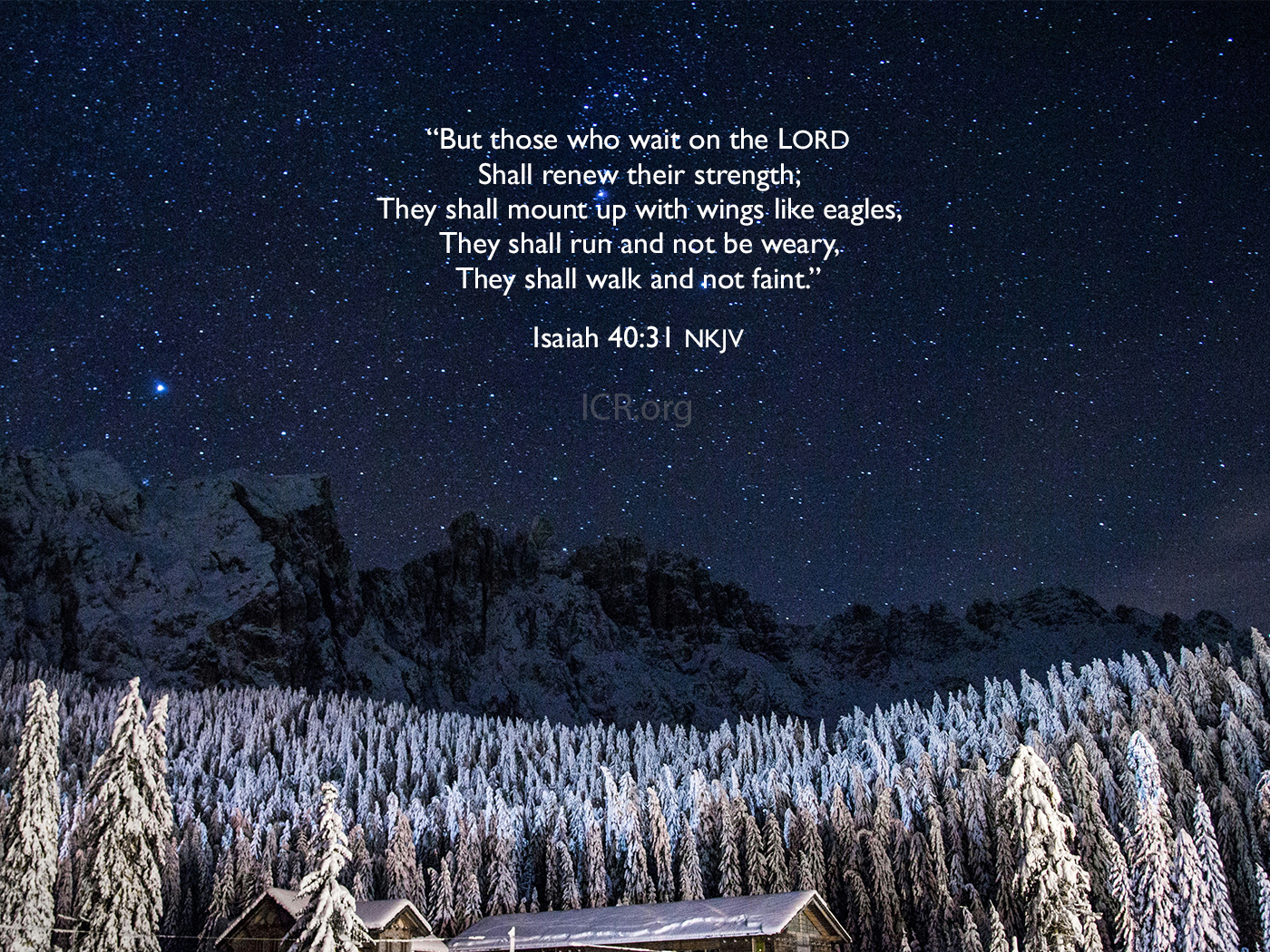An international team recently announced discovery of a new record for the most distant galaxy and claimed they were viewing this galaxy at "an epoch only 700 million years after the Big Bang."1 However, the leap from a distant light measurement to millions of years and a Big Bang history came tightly packaged with scientific-sounding but unsupported statements that attempt to explain this galaxy's secrets.
Led by Steven Finkelstein, the team scanned several dozen candidate galaxies, looking for one that would provide the tell-tale spectrum confirming great distance. They found only one, which they've given the sterile designation "z8_GND_5296" and labeled as the most distant galaxy. Its starlight is redshifted at z = 7.51 according to the report in the October 24th issue of Nature—the prior record holder was a galaxy measured at z = 7.21.1 Higher numbers designate further shifting of light spectra toward the red, an effect very likely caused by an expanding universe.
Cornell University astronomer Dominick Riechers summarized the find in a Nature news article, saying that this great distance means the galaxy was "observed at an epoch only 700 million years after the Big Bang."2
Riechers wrote that the galaxy's light "reaches us with a time delay" because "light emitted by stars in far-off galaxies travels at a finite velocity."2 But scientists have not measured, and probably cannot measure, the one-way speed of light.3 In fact, other experiments have shown that the round-trip speed of light is the same relative to any observer regardless of the speed with which the observer travels through space.
In other words, science leaves open the possibility that light travels at infinite velocity toward the observer. If so, then this distant galaxy would not represent any ancient epoch.
Moreover, though the light from z8_GND_5296 does show genuine features of unimaginably great distance, it does not reflect expected aspects of a Big Bang. For example, it is enriched in heavy elements; whereas, the epoch in which it supposedly belongs should instead show just the lightest elements: hydrogen, helium, and traces of lithium.
Also, if the galaxy really developed that "soon" after the Big Bang, it should not yet have formed so many brightly burning stars, and those stars should not yet have clumped together into a mature galaxy. Other distant galaxies carry similar difficulties.4,5
Finally, the study authors interpreted the mere existence of this galaxy's already-formed stars as evidence that "The galaxy z8_GND_5296 is forming stars at a very high rate."1 How did they do this? Not by observing any new star form but by using "the best-fitting stellar population models."1 Undoubtedly, those models assume that stars form naturally, another idea that science has not confirmed. No one has observed a star being formed.
Some of this record-setting galaxy's secrets, like its very great distance, are straightforward. But others, like its mature appearance, its elemental composition, and its dense population of bright stars, challenge Big Bang history. Marek Kukula of the Royal Observatory in Greenwich was not involved in the study but told BBC News, "This, along with some other evidence, shows that there are already quite surprisingly evolved galaxies in the very early Universe."6
In other words, the real secret that z8_GND_5296 reveals is that naturalistic astronomers too easily swap speculative models for empirical knowledge. Perhaps galaxies are so distant, not because they hearken back to any early epoch, but because they illustrate the greater immensity of their Creator.
References
- Finkelstein, S. L. et al. 2013. A galaxy rapidly forming stars 700 million years after the Big Bang at redshift 7.51. Nature. 502 (7472): 524-527.
- Riechers, D. A. 2013. New distance record for galaxies. Nature. 502 (7472): 459-460.
- Lisle, J. 2011. Distant Starlight. Answers. 6 (1): 68-71.
- Coppedge, D. F. 2006. Mature at Birth: Universe Discredits Evolution. Acts & Facts. 35 (10).
- Thomas, B. Distant Galaxies Look Too Mature for Big Bang. Creation Science Update. Posted on icr.org November 30, 2011, accessed November 13, 2013.
- Morelle, R. New galaxy 'most distant' yet discovered. BBC News. Posted on bbc.co.uk October 23, 2013, accessed November 13, 2013.
Image credit: NASA
* Mr. Thomas is Science Writer at the Institute for Creation Research.
Article posted on November 18, 2013.













